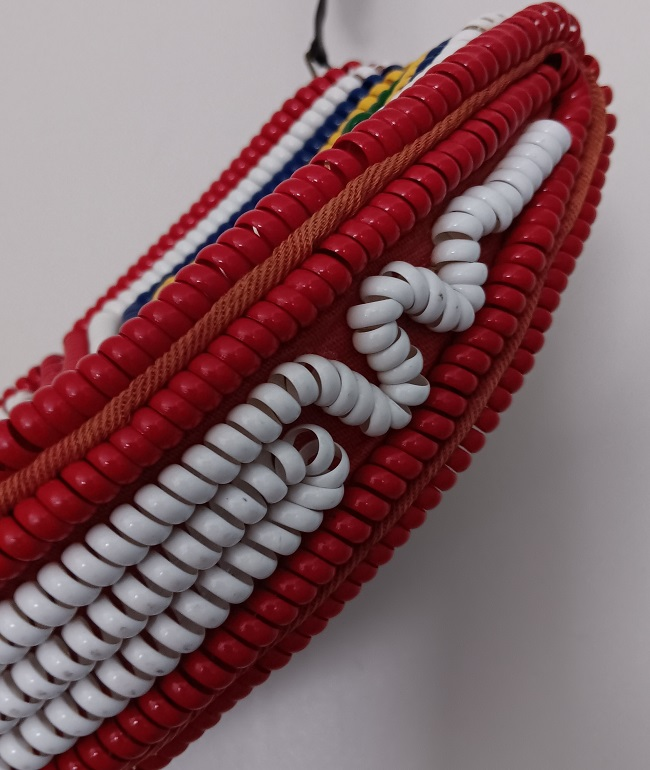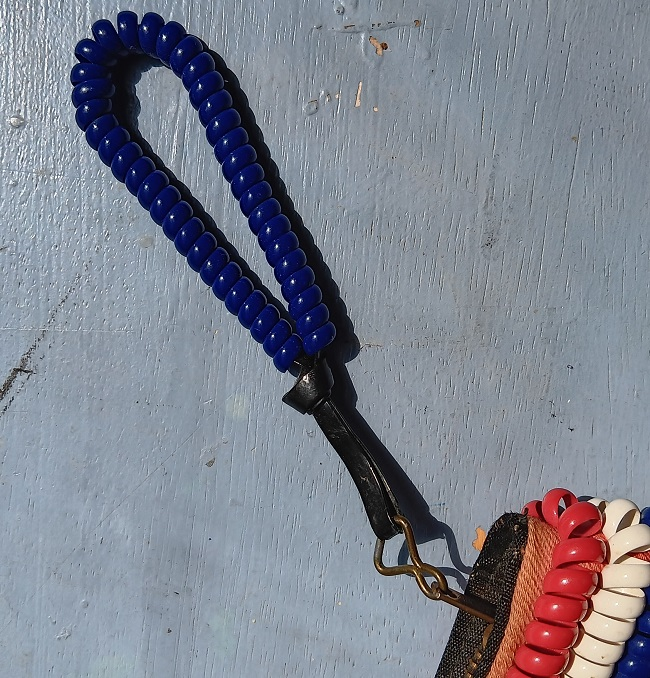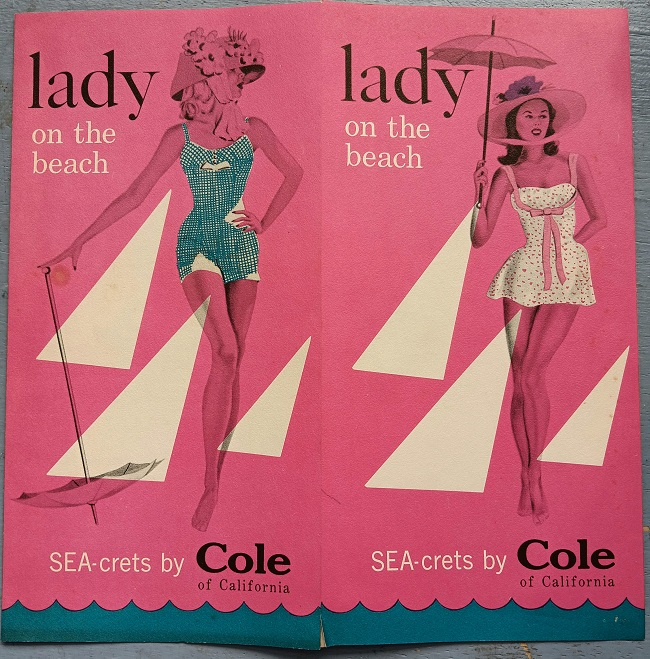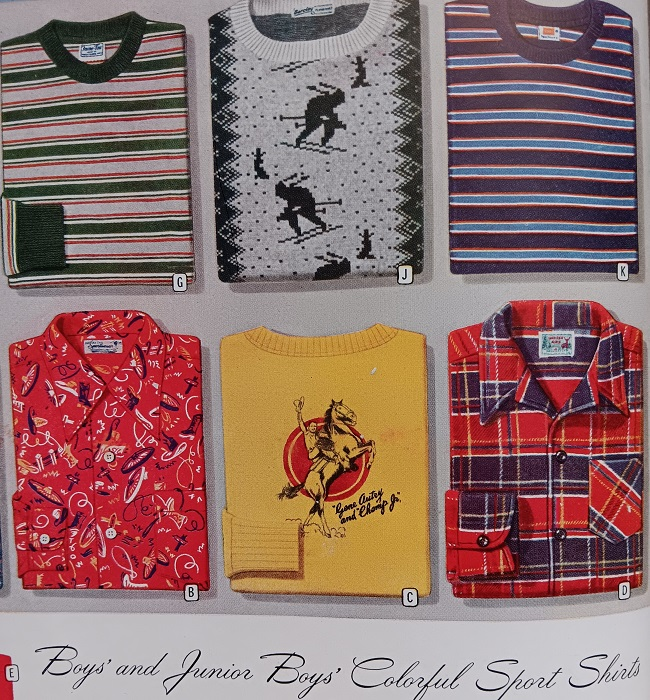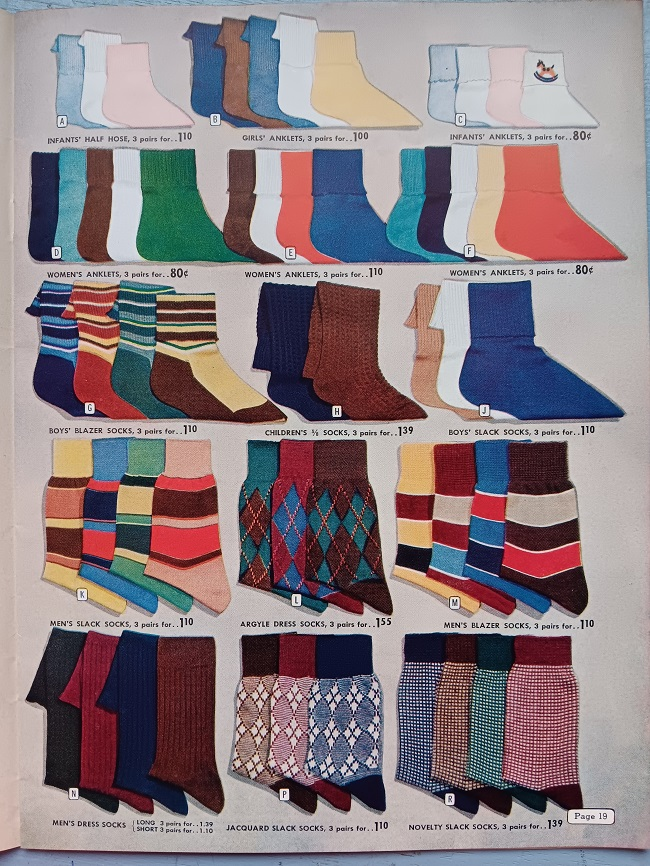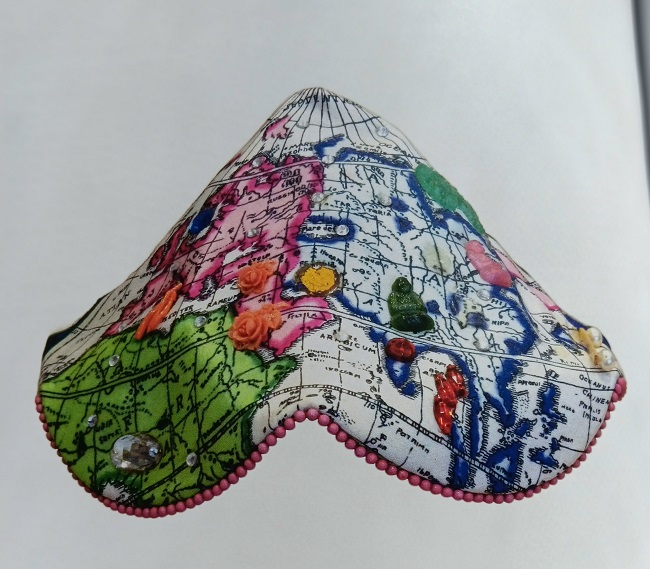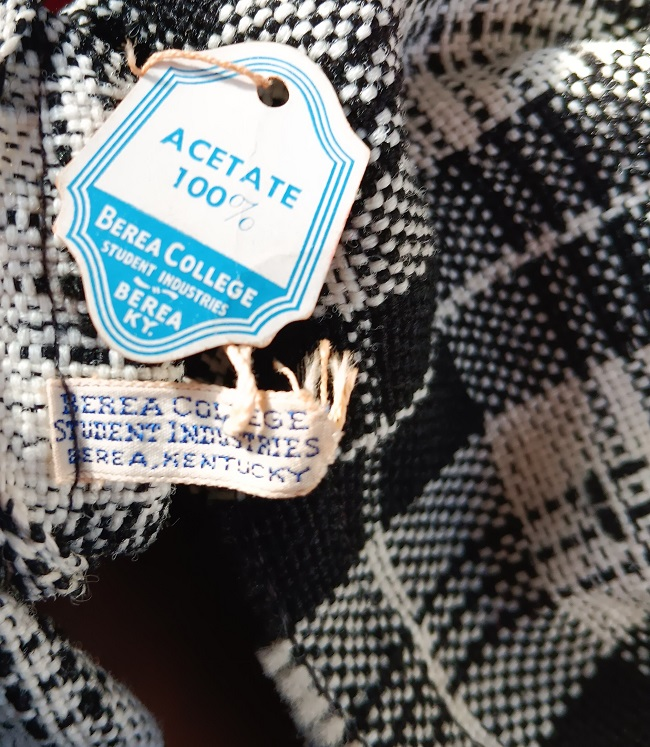
This is a story about historical research, and how sometimes you just get lucky.
When I first started volunteering at the Shook – Smathers House I noticed there were three pieces of homespun textiles in the house. Among them was the apron above. None of the other volunteers knew the history of it.
This is not surprising due to the nature of volunteerism. Volunteers come and go for various reasons. Probably the biggest reason is many volunteers are older, and so many are lost due to advancing age and the many issues associated with it. The collection at the Shook – Smathers is only about twenty years old, and yet there are very few volunteers who have been there since the beginning.
This shows us the extreme value of recordkeeping. At first it appeared to me that there were no collections records kept at all. But after weeks of looking through old files, the historical society’s newsletter, and piles of stuff in boxes, I realized that many records were present. They just needed some organization.
Still, I was not able to discover the origin of the homespun textiles. What I did know was that there had been at one time a trunk of old textiles stored in the attic. The trunk was referenced in a 1931 newspaper article we found in an old scrapbook given to the museum. Part of the article was a photograph of Ruth, the teenage daughter of the owner of the house, wearing some homespun garments that had been owned by her great-great grandmother, Mary Agner Smathers. According to the article the clothing had been made by Mary herself.

The quality of the photo was what one might expect from a ninety-three year old newspaper clipping. But it is clear enough to see that young Ruth is wearing an apron very similar to the one in the museum’s collection. Still, that’s not enough proof for us to say the apron was original to the house, especially since the house contained several trunks, but no textiles.
Then a longtime docent suggested that we ask Ruth’s daughter, who is still alive and has a great memory. A phone call later we had the answer. The apron and two other pieces had come from the trunk. After the vacant house had been broken into, Ruth, then elderly and living in another city, and her children took the family heirlooms from the house for safekeeping. They had returned some of the items in 2003 after the house was restored and made into the museum.
But what happened to to the other textiles? Part of the answer is that they were given away, probably by Ruth’s mother who lived in the house until her death in 1981. The North Carolina Museum of History has a bonnet made and worn by Mary Agner Smathers. It was donated in 1956 by a cousin of the family. Our guess is that she was given the bonnet by Ruth’s mother.
On a different note, I was able to track down the Bible Ruth is holding. Printed in German, it dates to 1732 and was used by Mary Agner Smathers, who never learned to read English. The Bible was given to a cousin, and it now resides with her son.

Studying this apron has been a real eyeopener. Made of linen and dyed with indigo and madder, the amount of work that went into it was staggering. It’s completely made by hand from start to finish, with the tiniest precise stitches imaginable. By the time Mary Agner moved into the Shook – Smathers House to live with a son, she was already elderly. The apron probably predates her time there, which was in the 1860s. By that time factory made textiles were becoming available, and Mary no longer had to work so hard for her clothing.
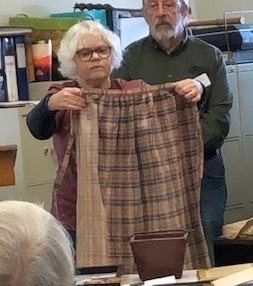
At a recent meeting of the local historic society, I was able to present the story of Mary Agner Smathers’ apron, a story that is now fully documented and preserved for future historians.


